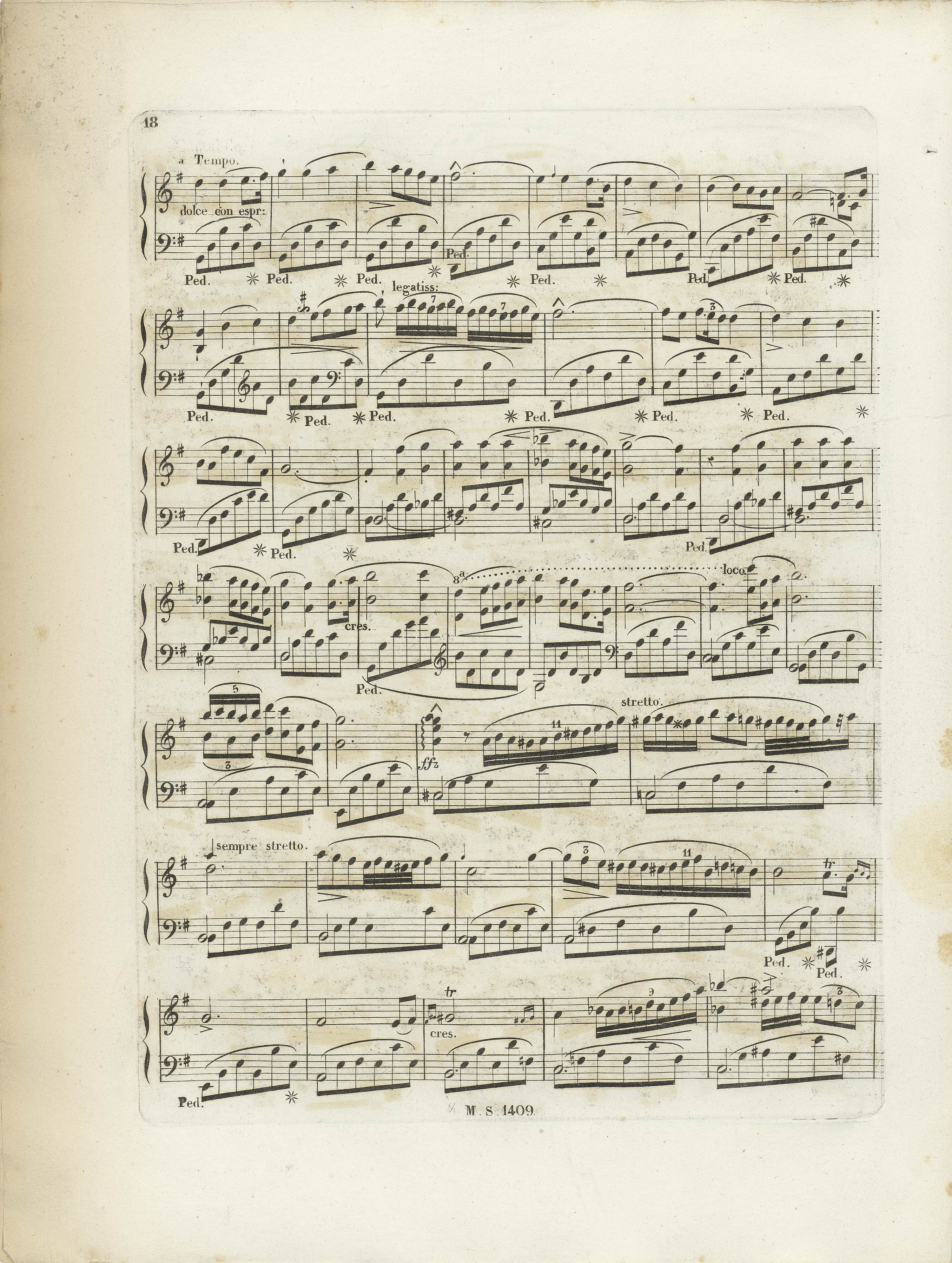Op. 2, Variations in B♭ major
Op. 10, 12 Etudes
Op. 11, Concerto in E minor
Op. 21, Concerto in F minor
Op. 22, Polonaise in E♭ major
Op. 24, 4 Mazurkas
Op. 25, 12 Etudes
Op. 26, 2 Polonaises
Op. 27, 2 Nocturnes
Op. 28, 24 Preludes
Op. 30, 4 Mazurkas
Op. 35, Sonata in B♭ minor
Op. 50, 3 Mazurkas
Op. 63, 3 Mazurkas
Op. 64, 3 Waltzes
(Op. 4), Sonata in C minor




Op. 11, Concerto in E minor, Mvt I
In the main text, we keep the version of FE (→GE,EE), despite the fact that a comparison with analogous bar 75 and 237 suggests a Terzverschreibung mistake on the 3rd quaver of the bar – in the printed version, the doubled leading note contributes to latent parallel f -f
-f 1 ⇒ g-g1 octaves at the moment of resolution. A Terzverschreibung mistake belongs to the most frequently committed pitch errors – cf. e.g. bar 290 and 308 of this movement of the Concerto or bar 73 and 108 of the second movement).
1 ⇒ g-g1 octaves at the moment of resolution. A Terzverschreibung mistake belongs to the most frequently committed pitch errors – cf. e.g. bar 290 and 308 of this movement of the Concerto or bar 73 and 108 of the second movement).
Compare the passage in the sources »
category imprint: Editorial revisions
issues: Terzverschreibung error
notation: Pitch



